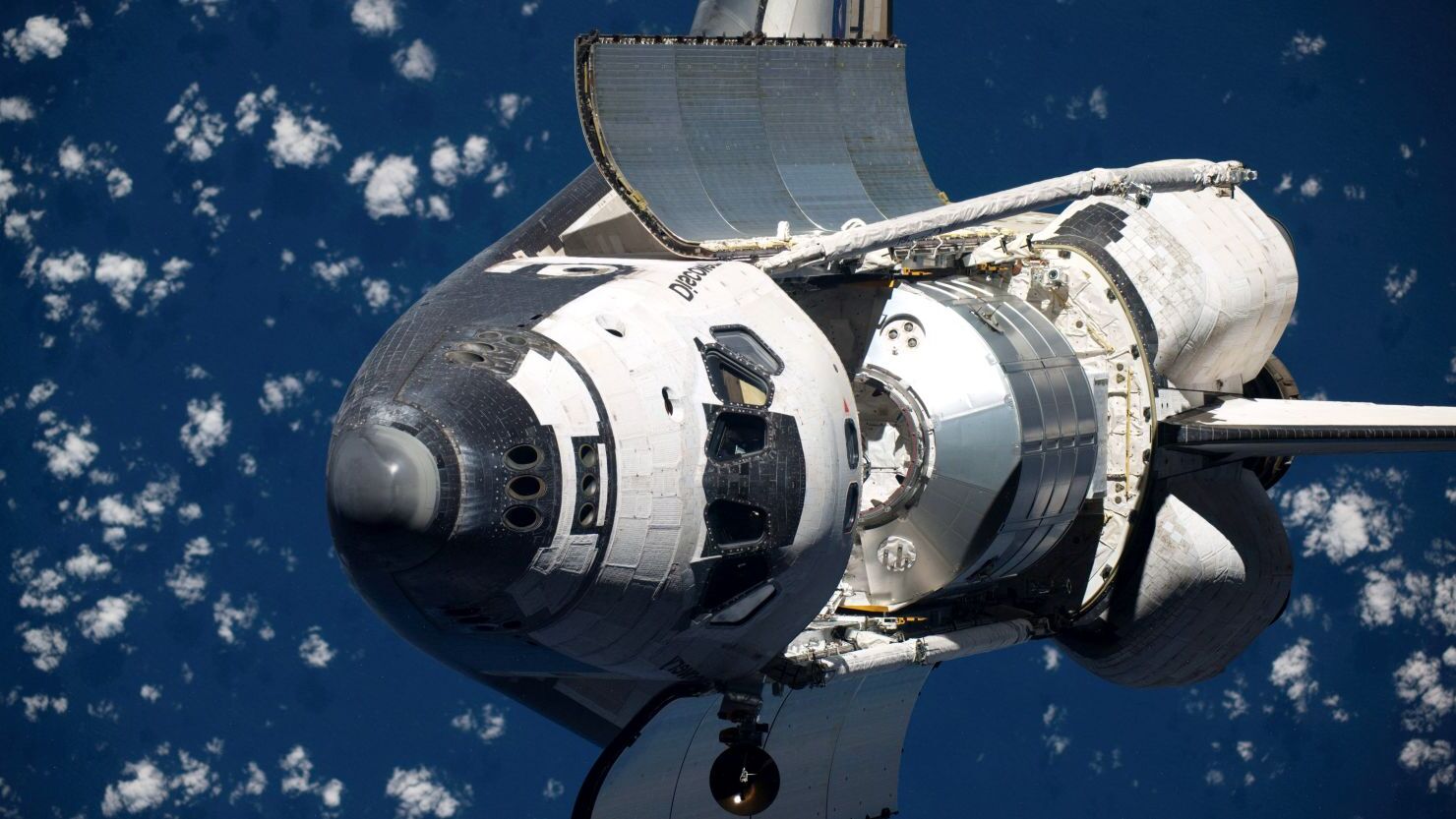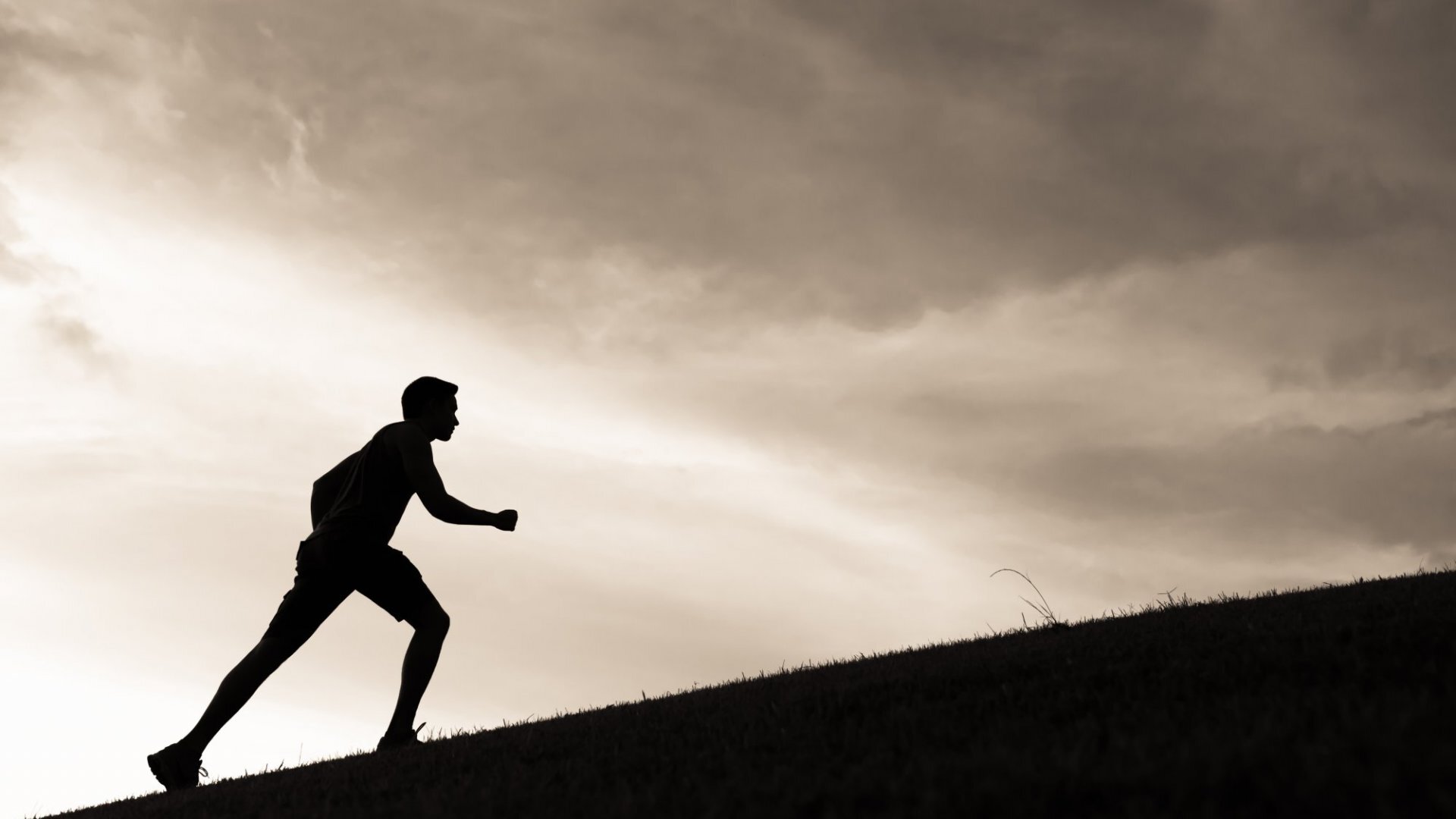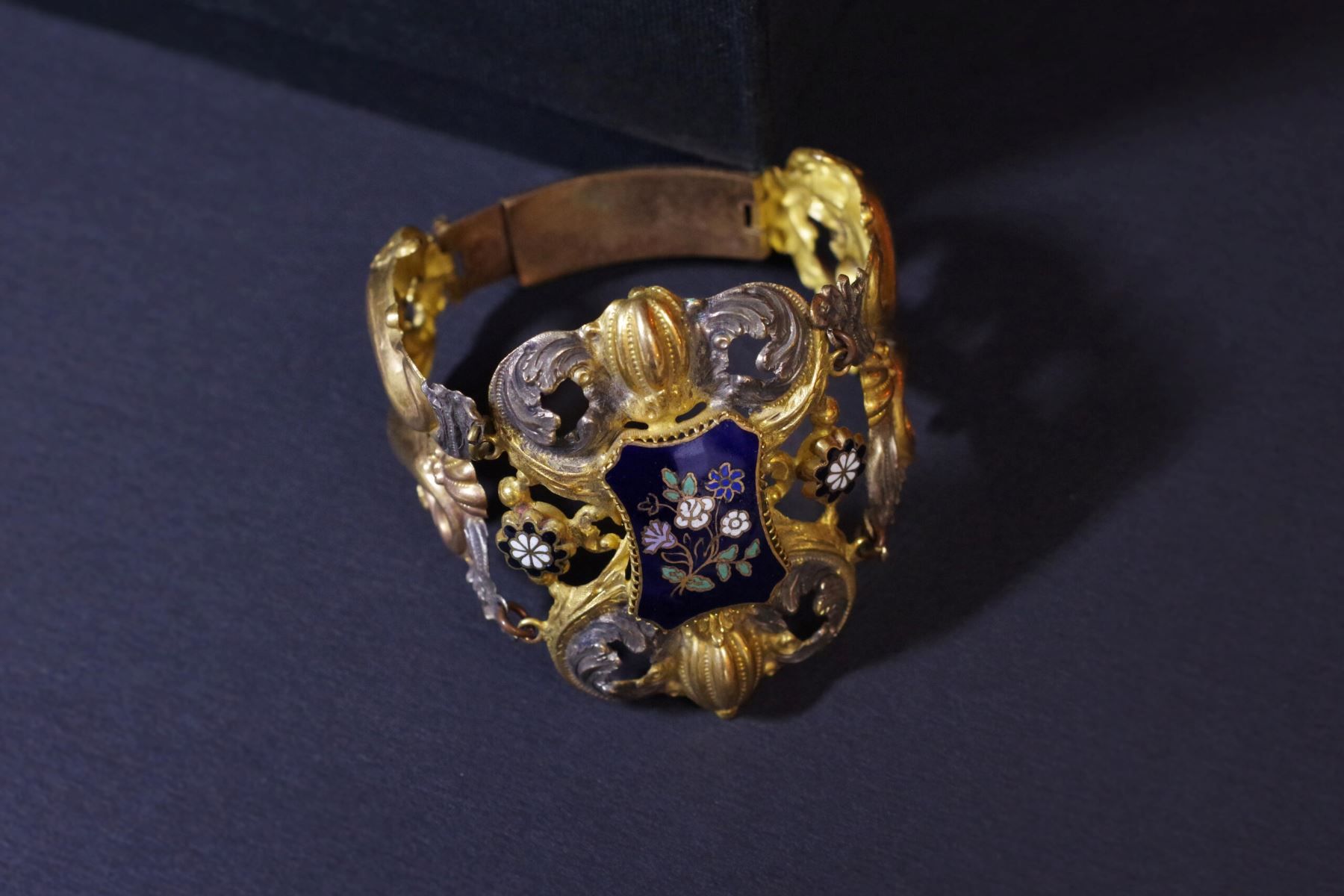
What happened to the Space Shuttle Columbia? On February 1, 2003, Space Shuttle Columbia disintegrated upon re-entry into Earth's atmosphere, tragically killing all seven astronauts on board. This disaster occurred due to damage sustained during launch when a piece of foam insulation broke off from the external fuel tank and struck the left wing. The impact created a hole, allowing hot atmospheric gases to penetrate the wing upon re-entry, leading to the shuttle's destruction. The loss of Columbia marked a somber moment in space exploration history, highlighting the inherent risks of space travel and the need for rigorous safety measures.
Key Takeaways:
- The Space Shuttle Columbia disaster was caused by a piece of foam insulation, highlighting the importance of thorough safety measures in space exploration.
- The tragedy led to significant changes in NASA's approach to risk assessment and safety, impacting future missions and spacecraft design.
The Space Shuttle Columbia Disaster: An Overview
The Space Shuttle Columbia disaster remains one of the most tragic events in space exploration history. On February 1, 2003, Columbia disintegrated upon re-entry into Earth's atmosphere, leading to the loss of all seven crew members. Here are some compelling facts about this catastrophic event.
-
Columbia was the first space shuttle to fly in space. Launched on April 12, 1981, Columbia's maiden voyage marked the beginning of the Space Shuttle program.
-
The disaster occurred during Columbia's 28th mission. Known as STS-107, this mission was dedicated to scientific research and experiments in microgravity.
-
A piece of foam insulation caused the disaster. During launch, a piece of foam from the external fuel tank struck Columbia's left wing, creating a fatal breach.
-
The crew was unaware of the damage. Throughout the mission, the astronauts had no idea that the foam strike had compromised the shuttle's thermal protection system.
-
The crew consisted of seven astronauts. They were Rick D. Husband, William C. McCool, Michael P. Anderson, Ilan Ramon, Kalpana Chawla, David M. Brown, and Laurel B. Clark.
The Crew and Their Contributions
Each astronaut aboard Columbia had a unique background and made significant contributions to the mission and space exploration.
-
Rick D. Husband was the mission commander. A seasoned astronaut, Husband had previously flown on STS-96.
-
William C. McCool served as the pilot. This was McCool's first spaceflight, and he was responsible for assisting the commander in operating the shuttle.
-
Michael P. Anderson was the payload commander. Anderson oversaw the scientific experiments conducted during the mission.
-
Ilan Ramon was the first Israeli astronaut. Ramon represented Israel and conducted experiments on behalf of his country.
-
Kalpana Chawla was a mission specialist. Chawla, originally from India, was on her second spaceflight.
-
David M. Brown was a mission specialist and flight surgeon. Brown's medical expertise was crucial for the health and safety of the crew.
-
Laurel B. Clark was also a mission specialist and flight surgeon. Clark, like Brown, had a background in medicine and was on her first spaceflight.
The Mission and Its Objectives
STS-107 was a dedicated science mission with a focus on various experiments and research projects.
-
The mission lasted 16 days. During this time, the crew conducted over 80 experiments in life sciences, physical sciences, and space technology.
-
One of the key experiments was the FREESTAR project. FREESTAR (Fast Reaction Experiments Enabling Science, Technology, Applications, and Research) included multiple small experiments in a single payload.
-
The crew worked in shifts. To maximize productivity, the astronauts operated on a 24-hour schedule, with two teams working in alternating shifts.
-
Experiments included studying the effects of microgravity on the human body. These studies aimed to understand how long-duration spaceflight impacts astronauts' health.
-
The mission also included combustion experiments. These experiments investigated how flames behave in microgravity, which has implications for fire safety in space.
The Tragic Re-entry and Investigation
The re-entry on February 1, 2003, marked the tragic end of the mission. The investigation that followed revealed critical insights.
-
Columbia disintegrated over Texas. The shuttle broke apart at an altitude of about 40 miles, scattering debris across multiple states.
-
NASA formed the Columbia Accident Investigation Board (CAIB). The CAIB was tasked with determining the cause of the disaster and recommending safety improvements.
-
The foam strike was identified as the primary cause. The CAIB concluded that the foam impact during launch created a breach in the left wing, leading to the shuttle's destruction upon re-entry.
-
The investigation revealed organizational issues at NASA. The CAIB found that NASA's culture and decision-making processes contributed to the disaster.
-
Communication failures were a significant factor. Engineers had concerns about the foam strike but were unable to effectively communicate the potential risks to decision-makers.
The Aftermath and Legacy
The Columbia disaster had a profound impact on NASA and the future of space exploration.
-
NASA grounded the shuttle fleet. Following the disaster, NASA suspended shuttle flights for over two years to implement safety improvements.
-
The Shuttle Program underwent significant changes. NASA made numerous technical and organizational changes to enhance the safety of future missions.
-
The disaster led to the development of the Orbiter Boom Sensor System (OBSS). The OBSS is a robotic arm equipped with sensors to inspect the shuttle's thermal protection system for damage.
-
The crew's legacy lives on through scholarships and awards. Various institutions established scholarships and awards in honor of the fallen astronauts.
-
The disaster highlighted the risks of space exploration. It served as a stark reminder of the dangers astronauts face and the importance of safety in space missions.
-
NASA improved its risk assessment processes. The agency adopted more rigorous methods for identifying and mitigating risks in future missions.
-
The International Space Station (ISS) program was affected. The grounding of the shuttle fleet delayed construction and resupply missions to the ISS.
-
The disaster influenced the design of future spacecraft. Lessons learned from Columbia informed the development of new spacecraft, such as the Orion capsule.
-
Memorials were established to honor the crew. Various memorials, including the Space Mirror Memorial at Kennedy Space Center, pay tribute to the Columbia astronauts.
-
The disaster led to increased international cooperation. The tragedy underscored the importance of collaboration among spacefaring nations to enhance safety and share knowledge.
-
Public interest in space exploration was reignited. The disaster brought renewed attention to the challenges and importance of space exploration.
-
The Columbia disaster remains a pivotal moment in space history. It continues to influence NASA's approach to safety, risk management, and mission planning.
Reflecting on the Columbia Disaster
The Space Shuttle Columbia disaster remains a stark reminder of the risks involved in space exploration. On February 1, 2003, Columbia disintegrated upon re-entry, leading to the tragic loss of seven astronauts. This catastrophe highlighted the importance of safety protocols and technological advancements in space missions. The investigation revealed that a piece of foam insulation had damaged the shuttle's wing during launch, causing the disaster.
NASA has since implemented stricter safety measures and improved shuttle designs to prevent similar incidents. The bravery of the Columbia crew continues to inspire future generations of astronauts and scientists. Their sacrifice underscores the need for continual improvement and vigilance in space travel. As we look to the stars, remembering Columbia's legacy ensures that safety remains a top priority in our quest to explore the unknown.
Frequently Asked Questions
Was this page helpful?
Our commitment to delivering trustworthy and engaging content is at the heart of what we do. Each fact on our site is contributed by real users like you, bringing a wealth of diverse insights and information. To ensure the highest standards of accuracy and reliability, our dedicated editors meticulously review each submission. This process guarantees that the facts we share are not only fascinating but also credible. Trust in our commitment to quality and authenticity as you explore and learn with us.


